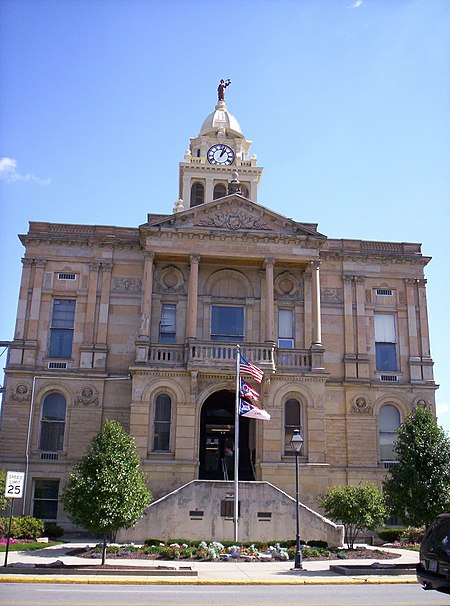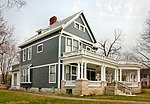Marion County, Ohio
1824 establishments in OhioMarion County, OhioOhio countiesPopulated places established in 1824Use mdy dates from December 2021

Marion County is a county located in the U.S. state of Ohio. As of the 2020 census, the population was 65,359. Its county seat is Marion. The county was created in 1820 and later organized in 1824. It is named for General Francis "The Swamp Fox" Marion, a South Carolinian officer in the Revolutionary War.Marion County comprises the Marion, OH Micropolitan Statistical Area, which is also included in the Columbus-Marion-Zanesville, OH Combined Statistical Area.
Excerpt from the Wikipedia article Marion County, Ohio (License: CC BY-SA 3.0, Authors, Images).Marion County, Ohio
West Center Street,
Geographical coordinates (GPS) Address Nearby Places Show on map
Geographical coordinates (GPS)
| Latitude | Longitude |
|---|---|
| N 40.59 ° | E -83.16 ° |
Address
CSX Marion Yard
West Center Street
43302
Ohio, United States
Open on Google Maps







